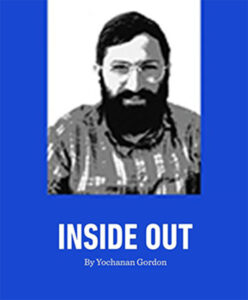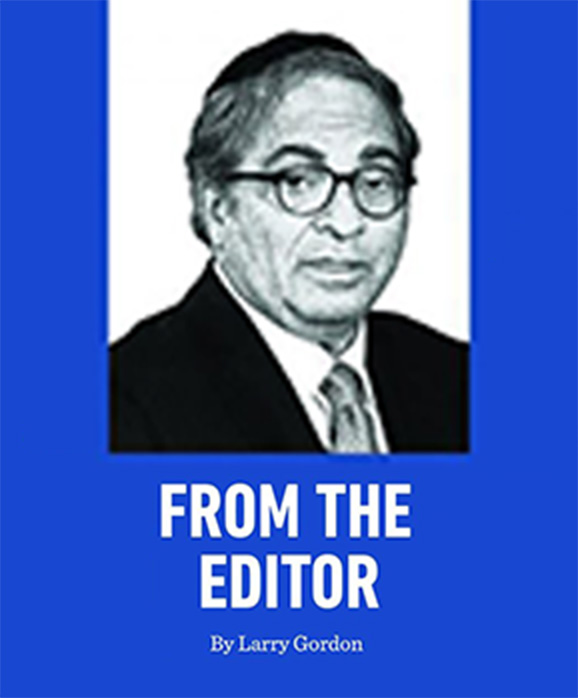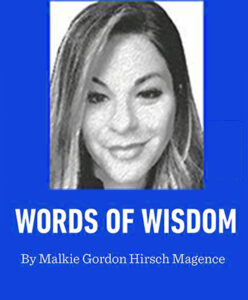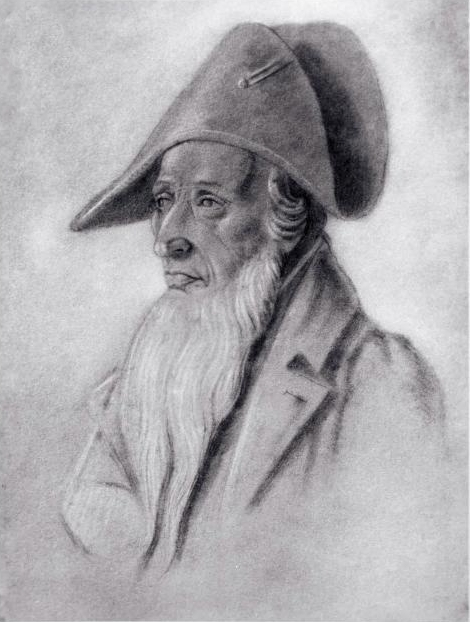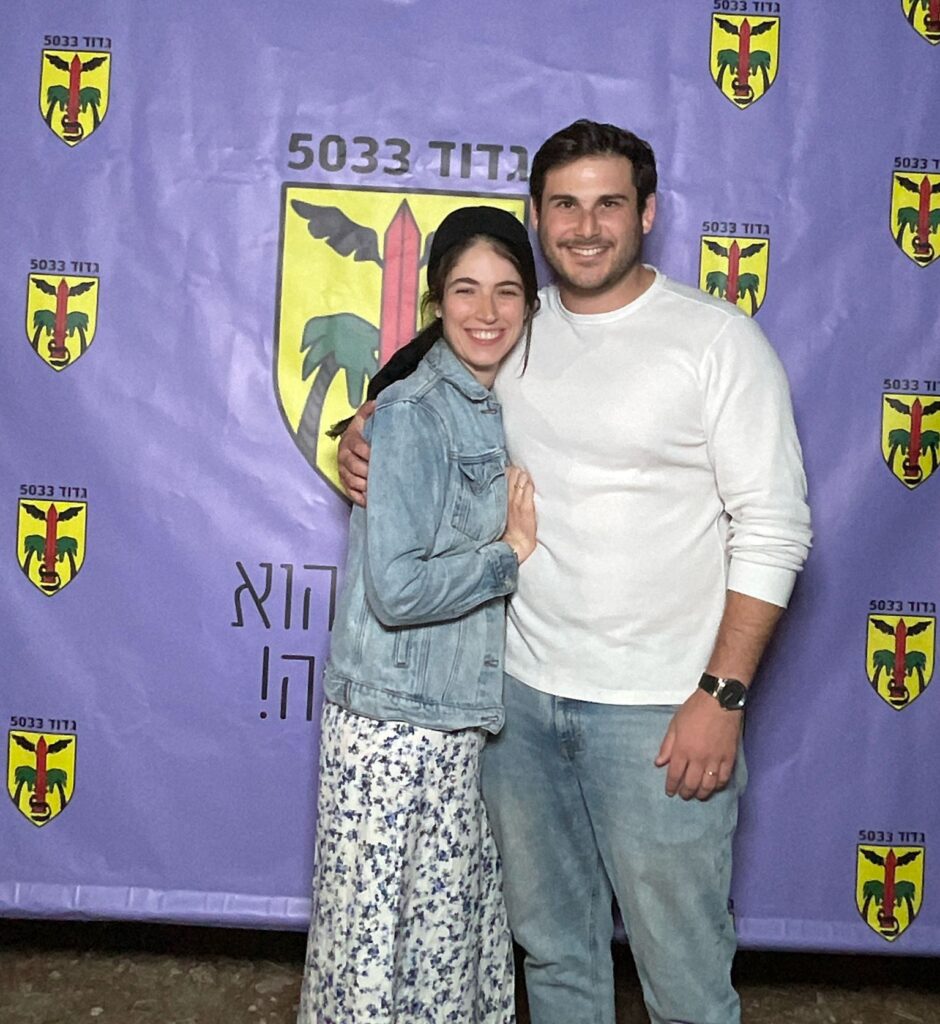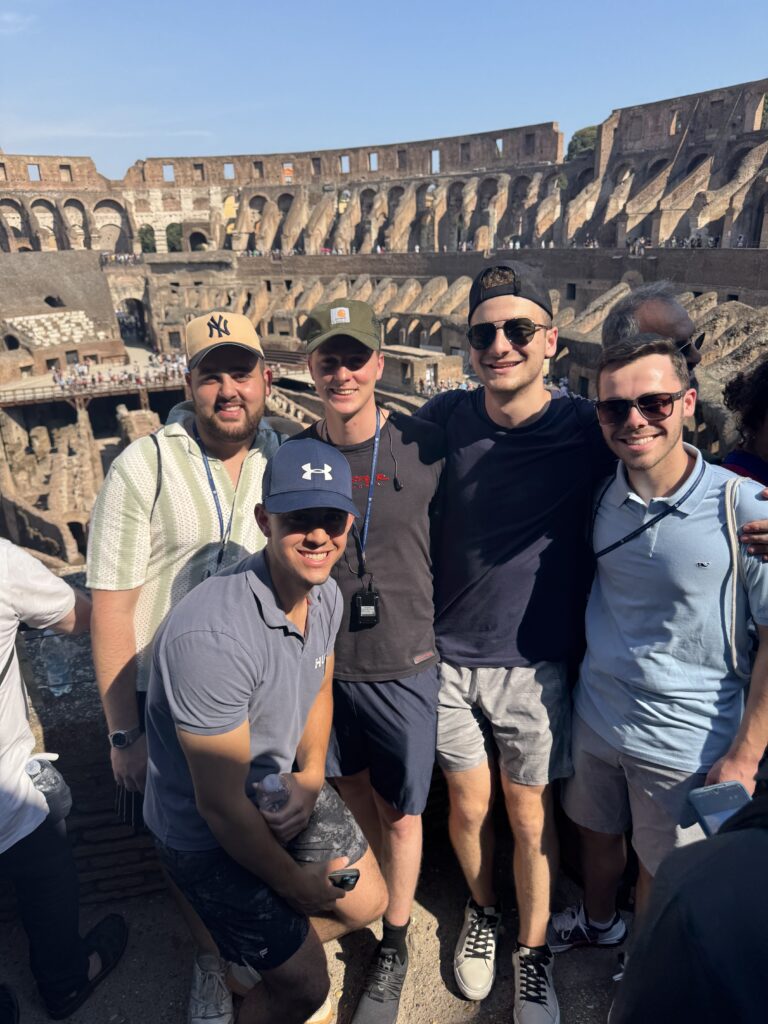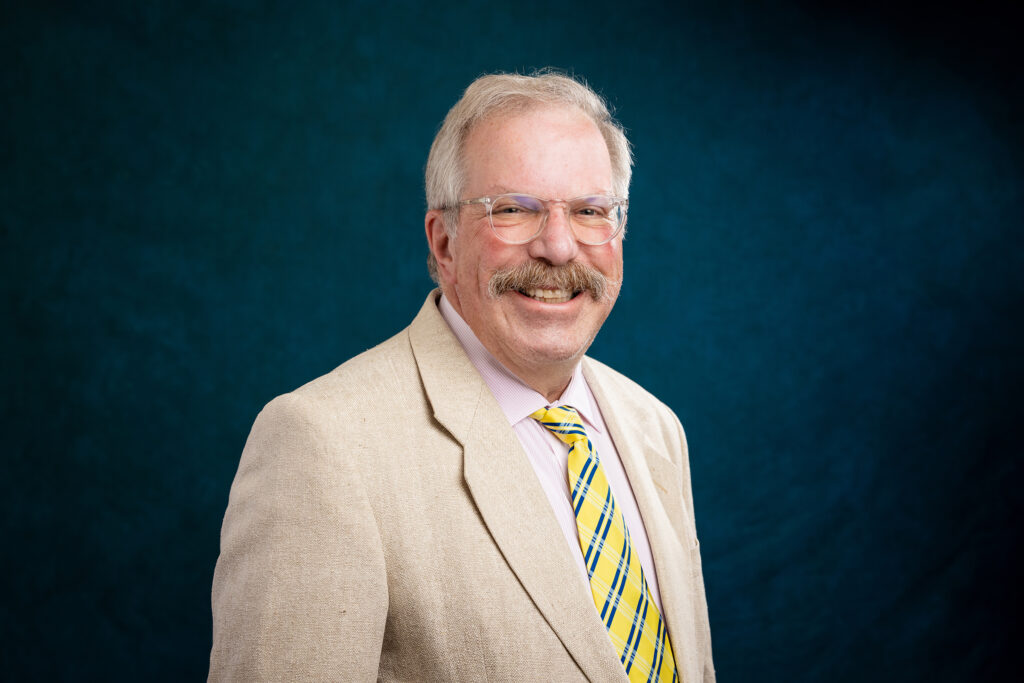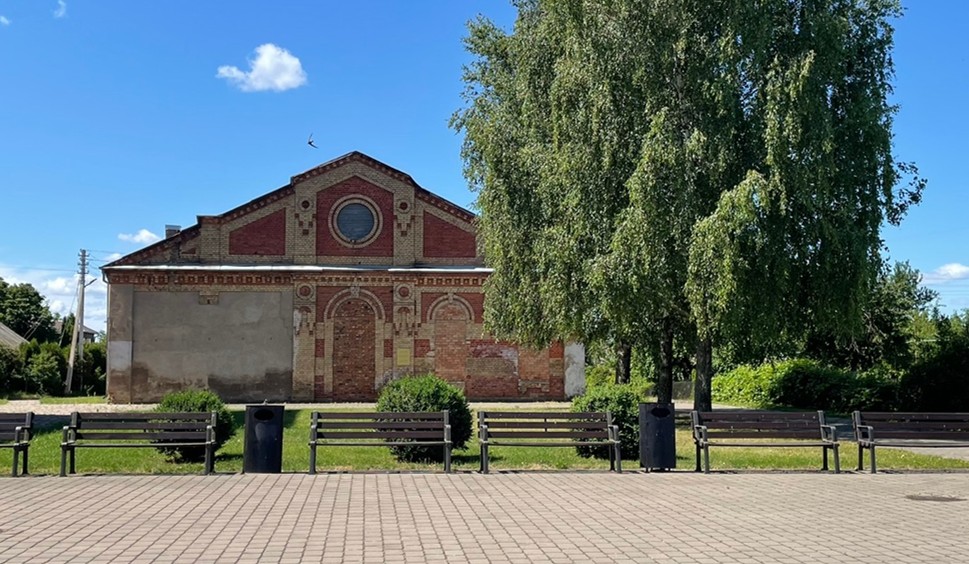The Great Bohemian Rosh Yeshiva, Rabbi Avraham Broda and his Student, Rabbi Natanael Weil, Author of Korban Nesanel
The Great Bohemian Rosh Yeshiva, Rabbi Avraham Broda and his Student, Rabbi Natanael Weil, Author of Korban Nesanel
Standing at the helm of Torah scholarship in 17th century Europe was the brilliant Talmudist and pilpulist, Rabbi Avraham Broda. Born around 1650 in a small town near Prague, Rabbi Avraham Broda was sent to learn under Rabbi Yitzchak Charif in Cracow. He subsequently returned to his native Bohemia where he served as rabbi in several towns and villages. Eventually he moved to Prague where he served as both rabbi and rosh yeshiva.
From 1709-1712, Rabbi Broda served as chief rabbi of Metz and from 1712 until his death in 1717 he was chief rabbi in Frankfurt am Main. His published works include his chiddushim on the Talmud, titled Eshel Avraham and Toras Avraham.
The Chida’s brief description of Rabbi Broda depicts him as a towering rabbinic figure and preeminent Talmudist whose influence on his generation was outstanding:
“Rabbi Avraham Broda, whose name is great in the Jewish nation, disseminated much Torah among his people. He was a student of Rabbi Yitzchak Charif… He served as rosh yeshiva in Prague and av beis din in Metz and Frankfurt am Main. We have heard about his extraordinary greatness in Torah and piety, and his immense devotion [to Torah study] until the day of his passing… His students were the gaonim of the land, his name is known throughout the world and is well-recognized in all of Ashkenaz.”
Born in 1687 in Stühlingen (on the German-Swiss border), Rabbi Natanael (ben Naftali Tzvi) Weil was a direct descendant of the prominent German Rishon, Rabbi Yakov Weil. As a young orphan his mother brought him to the yeshiva in Prague, then under the leadership of the illustrious Talmudist and pilpulist, Rabbi Avraham Broda. After a number of years in Prague, Rabbi Weil married the niece of his teacher and was eventually selected to head the yeshiva there. Rabbi Weil remained in Prague until 1744 when the Jews of Bohemia were expelled from the kingdom. He relocated to a community in the Black Forest region of Germany where he spent the next five years. In 1750, Rabbi Weil moved to Karlsruhe (near the German-French border), to serve as rabbi. It was in Karlsruhe that he published his renowned commentary on the Rosh titled Korban Nesanel.
Rabbi Weil remained in Karlsruhe for about twenty years until his passing in 1769. His son Rabbi Yedidyah Weil succeeded him as rabbi of Karlsruhe.
In addition to his Korban Nesanel, Rabbi Weil authored Nesiv Chaim on the Orach Chaim section of Shulchan Aruch, and Toras Nesanel, a collection of responsa and sermons. n
Nosson Wiggins (@jewishhistorysheimhagedolim) is the author of two books on the subject of Jewish history, “The Tannaim & Amoraim” and “The Rishonim” (Judaica Press). He researches Jewish History at the Klau Library, HUC-JIR in his hometown of Cincinnati and leads tours of Klau’s Rare Book Room. He is a passionate enthusiast of Jewish history and when he’s not in the hospital working as a nurse, he can be found researching and writing posts for his Substack, “Jewish History—Sheim Hagedolim.”
